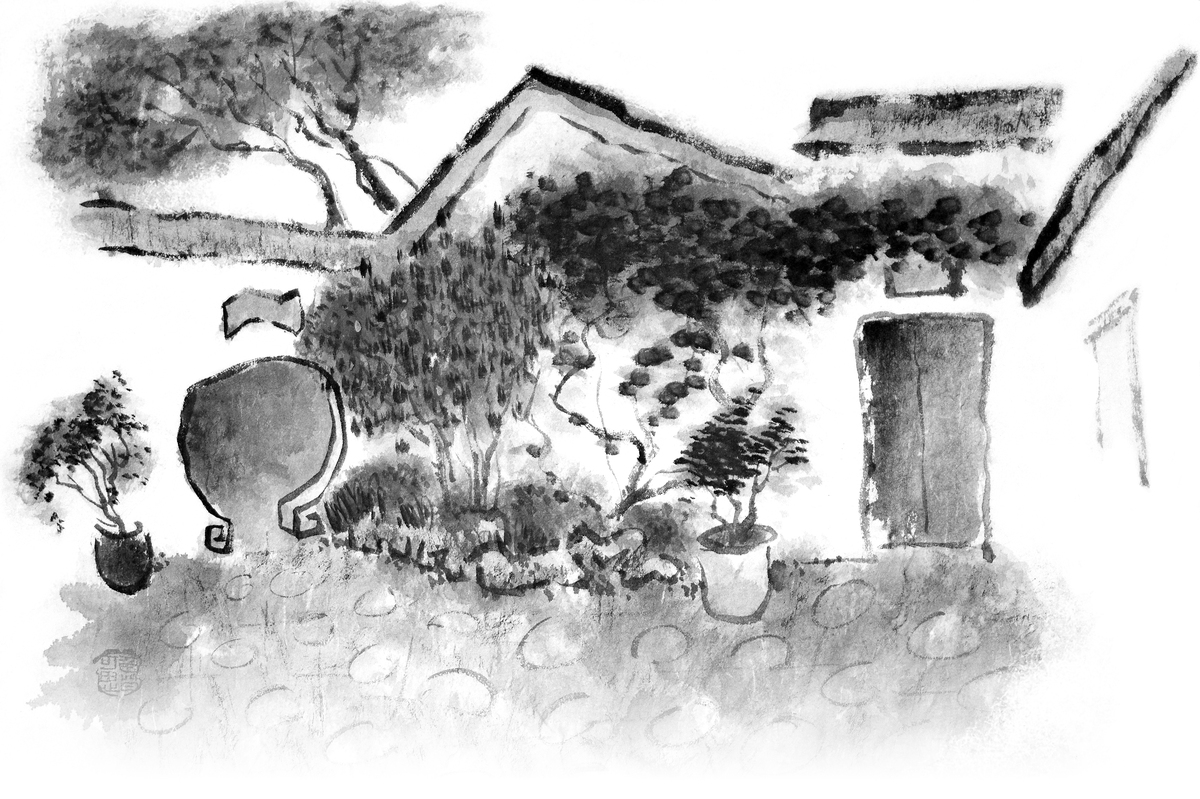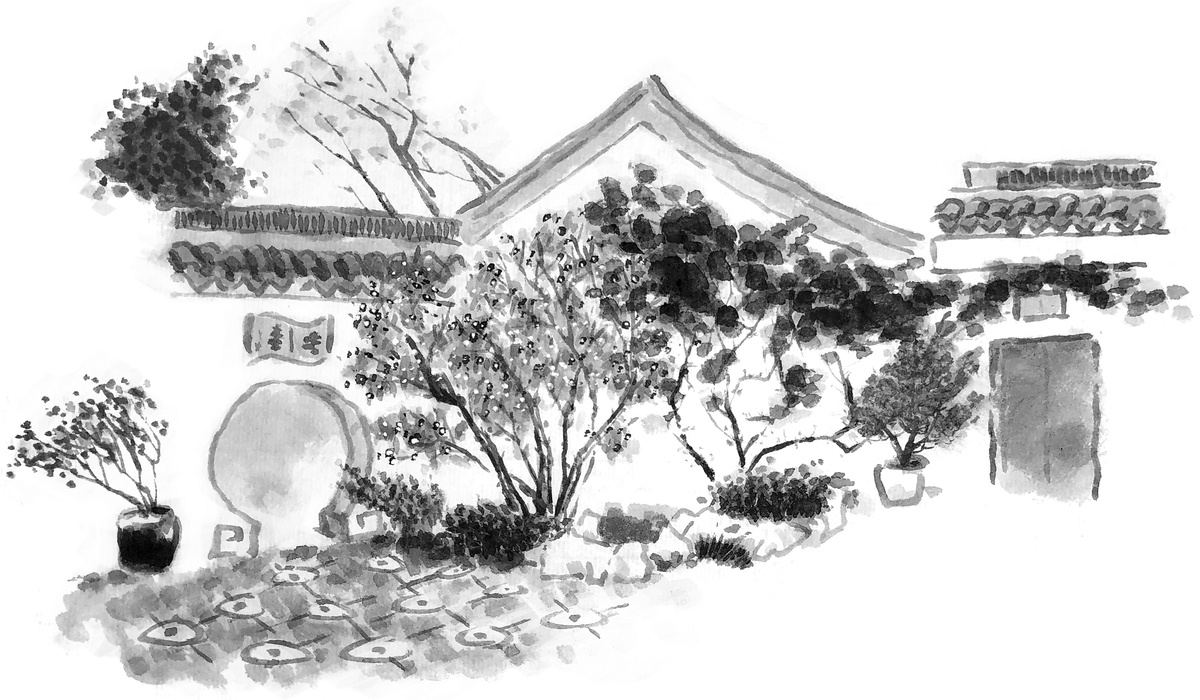A gateway for new beginnings
Doors and Thresholds
Think about how the Addams Family house makes you feel: a 19th century Victorian mansion. Compare that to The Fresh Prince of Bel-Air house, a 20th century colonial two-story. Both have grand entries; both carry the idea of being someone’s home, yet one seems to tell more about the personalities inside than the other.
In the first case, the gloomy mansion with black wrought iron gates adjacent to a cemetery says the people inside might be a little eccentric.
Just taking a guess on that one.
A door is defined as any combination of materials—wood, stone, metal, glass, paper—that is installed to swing, fold, slide, or roll to close an opening.
Doors can represent an opening or closing of opportunities: a marker from one stage in life to another or a door to another world.
When doors, stretched and pulled to fit a form or function, synthesize with gates and thresholds, its symbolic features amplify, working in unison to create an intensity that transforms its transitional space.
This ability to focus on things in scale, re-orientates us and recompresses our perspectives.
A place containing a multiplex of transitional spaces is the Lan Su Chinese Garden, located in Portland’s downtown Pearl District.
Displaying a number of tree-lined structures, dozens of koi fish, gardens, teahouses, 51 “leak” windows and more; this piece of architecture is capable of being a spiritual utopia.
The Lan Su Garden’s mission statement is “to cultivate an oasis of tranquil beauty and harmony—to inspire, engage and educate our global community in the appreciation of a richly authentic Chinese culture.”
This cultivation, in part, is built within its doors, thresholds and openings, as the architects-built solutions go beyond just the architecture.
An example of this is Lan Su’s Moon gate, located in the scholar’s courtyard.
Drifting past the Lounge House, you enter the scholar’s courtyard. The moon gate is visible—appearing to rise out of the earth—like the moon rises in the sky, celebrating the cycles of life and death: rising and falling.
Everything about it carries a spiritual meaning beyond just a door. From the depth of its passage, to the balanced rectangular tiles, to the scroll shaped plaque place atop—which reads “Listen to the fragrance.”

Coupled with traditional ceremonies, its concentric shape is embraced as the “ideal symbol of family harmony and unity.” Extending beyond its physical space to “reunite with loved ones who are far away,” according to the Lan Su’s information on the Autumn Moon Festival.
Lan Su’s website narrative creates a vivid image. “It’s 16th century China, and you’re standing in the [courtyard]. The garden around you is spiritual…a peaceful and soothing place designed to help…escape the problems of everyday life by connecting with nature.”
With infinite paths, each space leads to self-discovery and an abundance of experiences. This personal awareness coupled with Lan Su’s metropolitan environment and graceful architecture yields dividends of dynamic growth “by the minute, by the hour and with the seasons.”
The next time you come across a door, think of what it represents. Is this a “first day of work” door? Is this an “end of a relationship” door? If you try, you can hear the melody that radiates on the other side.







